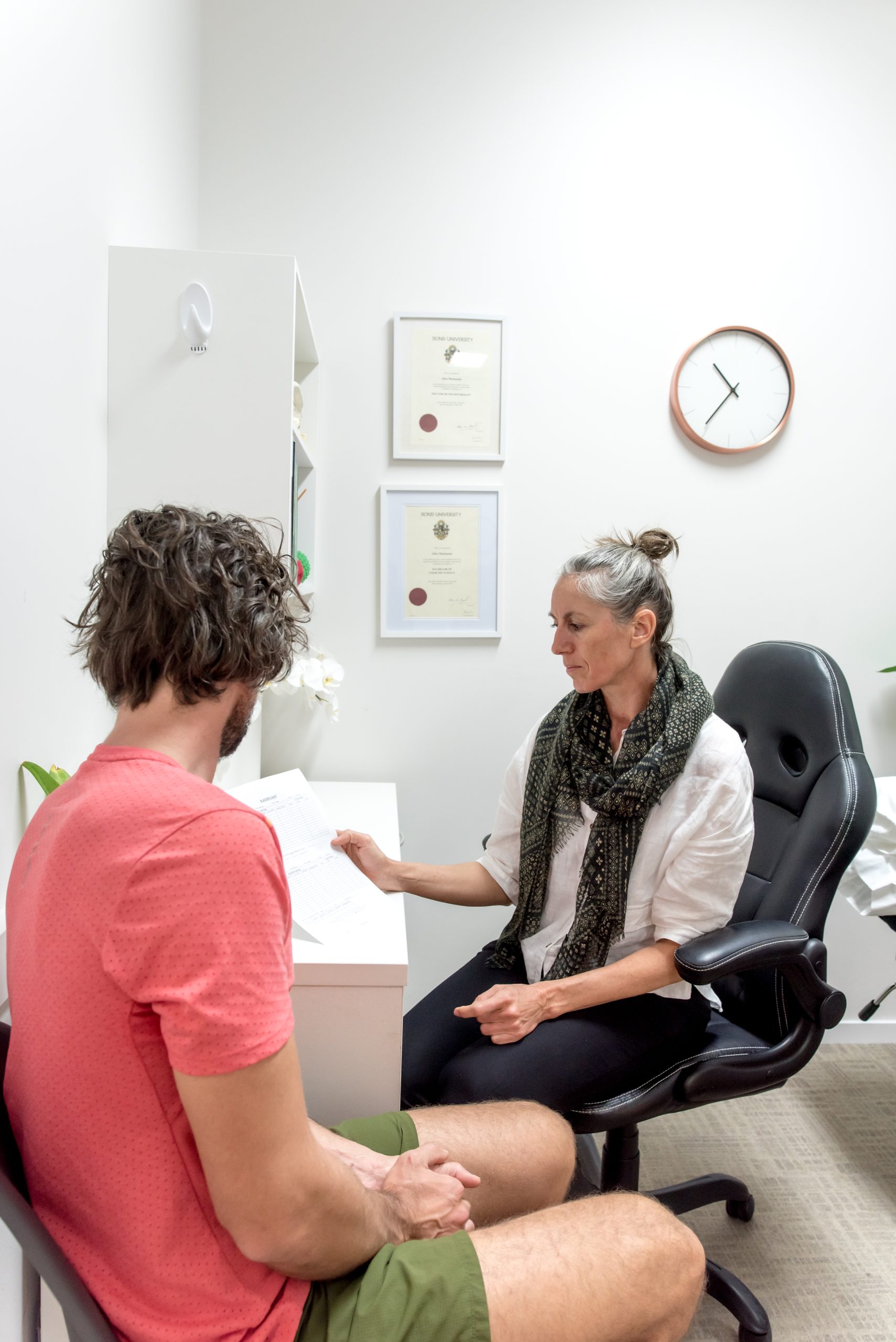The Biopsychosocial Model in Physiotherapy

CATEGORY: Sports & Musculoskeletal
The Biopsychosocial Model in Physiotherapy
Injuries and pain can be frustrating, disruptive, and even overwhelming. Whether you’re a competitive athlete, a gym-goer, or someone simply trying to stay active. Often, the go-to solution is physical treatment: massage, needling, exercise, or hands-on therapy. But recovery is rarely just about the body.
That’s where the Biopsychosocial (BPS) model steps in. This is a game-changing framework that acknowledges the full picture of what contributes to pain, recovery, and performance. Let’s break it down.
What is the Biopsychosocial Model?
At its core, the BPS model recognises that pain and injury are influenced by more than just biological factors (like tissue damage or muscle imbalances). Psychological elements (such as stress, fear of movement, or depression) and social influences (like work demands, training environments, or support systems) play just as crucial a role.
In physiotherapy, this model encourages clinicians to move beyond the traditional “find it, fix it” mindset and instead treat the whole person, not just the sore shoulder or tight hamstring.

Why Does This Matter for Recovery?
Recovery is not linear. Two people can have the same injury and respond completely differently. That’s because:
- Biological factors (e.g., inflammation, weakness, movement restrictions) are just part of the puzzle.
- Psychological influences (e.g., anxiety about returning to sport, beliefs about pain, motivation levels) can either speed up or stall progress.
- Social contexts (e.g., team pressures, family responsibilities, workplace culture) can add barriers or offer vital support.
The BPS Model in Clinic
Physiotherapists who use a biopsychosocial approach will typically assess and treat across these three dimensions:
1. Biological: Restoring Physical Function Yes, this part still matters. Evidence-based treatments like exercise therapy, manual therapy and mobility work are used to reduce pain and restore movement.
2. Psychological: Managing Mindset and Beliefs Patients are educated about their condition in a way that reduces fear and increases confidence. Techniques such as graded exposure to movement, pain neuroscience education, and even mindfulness can help patients regain trust in their body.
3. Social: Creating a Supportive Environment Your rehab plan considers your life outside the clinic. This includes your job, your sport, your family. Physiotherapists may liaise with coaches, employers or family members to help set realistic expectations and encourage support through recovery.
Common Conditions That Benefit from a BPS Approach
Many injuries have both physical and non-physical contributing factors. These include:
- Persistent low back pain
- Shoulder impingement or rotator cuff issues
- Chronic knee pain (e.g., patellofemoral pain)
- Tendinopathies with prolonged healing times
- Post-operative rehabilitation (especially when fear of reinjury is high)
- Return-to-sport planning after long layoffs
Integration of the BPS model
The BPS model is most effective when embedded into all aspects of treatment.
- Exercise becomes not just about movement, but about rebuilding confidence.
- Manual therapy becomes a gateway to greater function, not a passive fix.
- Education becomes the key that helps patients understand their body, not fear it.
Final Thoughts
The Biopsychosocial model is the future of rehabilitation. By looking at the whole person, physiotherapists can deliver care that is more personalised, more effective, and more sustainable in the long run.
If you’re dealing with a lingering injury, recurring pain, or even feeling stuck in your rehab journey, a physiotherapist who applies the BPS model can help untangle the complexity and guide you forward. This is not just physically, but holistically.
Book in with our Clinician’s here at Alchemy for a Holistic BPS approach to your pain!
Onwards Referral
If you feel you need a more specialist approach to pain alongside your physiotherapy, you can attend programmes at Nambour hospital or even via Telehealth across the sunshine coast, Gympie and Wide Bay. Search ‘Pain Management Programme – Nambour Hospital’ for more information. Your GP can refer as they feel appropriate.



Leave a Comments
You must be logged in to post a comment.